Duterte’s dilapidated hometown to get makeover with China’s ‘Belt and Road’ investment
Philippine president can cut red tape in Davao but observers warn of project delays elsewhere
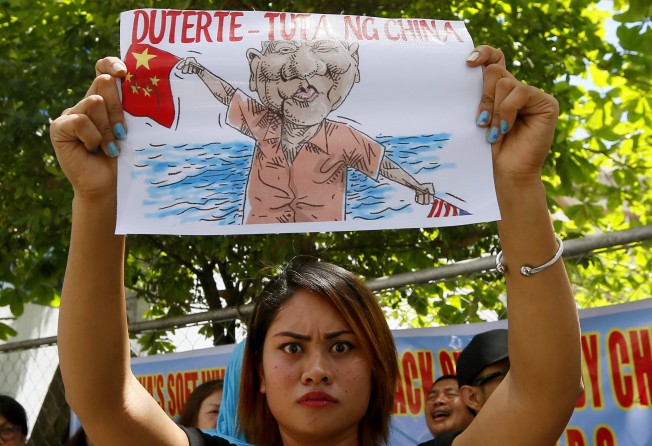
A flurry of Chinese-invested projects is poised to turn Philippine President Rodrigo Duterte’s dilapidated hometown of Davao into a Southeast Asian springboard for Beijing’s grand “Belt and Road Initiative”.
The projects, ranging from an expressway to port development and railway construction, mark an improvement in Sino-Philippine relations following prolonged tension over competing territorial claims in the South China Sea.
But agreements on many of the Davao projects were reached only in recent months, and none have started. There’s also uncertainty about how long the economic rapprochement can last amid deep distrust of Beijing by ordinary Filipinos.
“Beijing and Manila have just restored diplomatic ties from poor relations. We still lack trust on both sides. There are a lot of people in the Philippines suspicious of Chinese intentions,” said Professor Aileen Baviera, an international relations expert at the University of Philippines Diliman.

“They look at what happened in other countries and realise that if you want to be dependent on China, then your economy can become vulnerable to China.”
Beijing imposed economic sanctions on Manila when the two nations were butting heads over the South China Sea, restricting imports of Philippine bananas and mangoes.
The relationship improved after Duterte visited Beijing in October, with China pledging US$15 billion in investment in the Philippines for projects including two railways, a hydroelectric dam and an irrigation system.
Duterte, who has been criticised internationally and domestically for ordering the killing of drug users, has boosted his popularity by vowing to roll out more than US$71 billion in public infrastructure projects from 2018 to 2020.
Philippine Secretary of Budget and Management Benjamin Diokno estimated some US$167 billion would be spent on infrastructure during Duterte’s six-year term, under the slogan “Build! Build! Build!”.
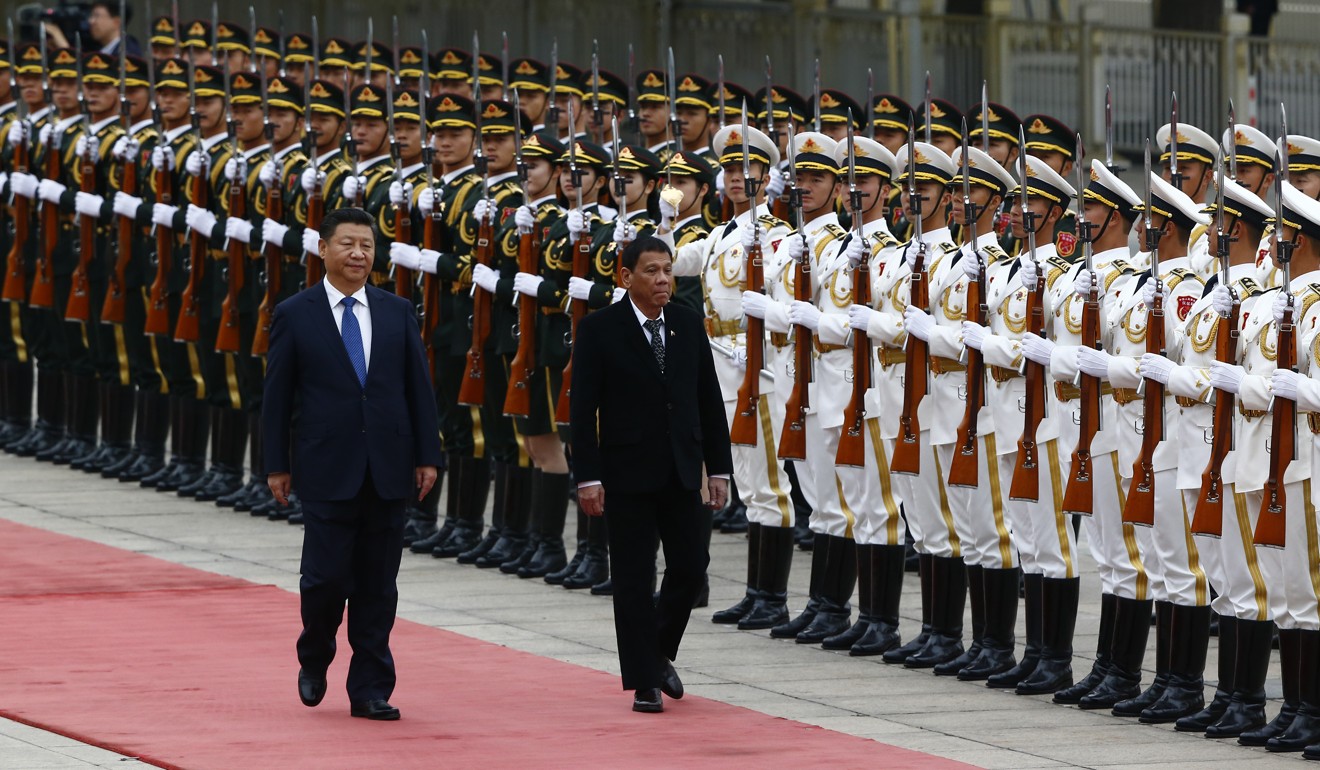
The Philippines won an international ruling against China’s South China Sea claims in July, 12 days before Duterte’s inauguration, but the new Philippine president has not raised it with China and it went unmentioned in a statement he released after an Association of Southeast Asian Nations meeting in Manila last month.
Philippine officials have said the new administration wants to put the disputes aside and focus on economic cooperation with China.
That’s opened the tap on a flow of Chinese investment into Davao – a move seen as a goodwill gesture and part of Beijing’s Belt and Road strategy to boost trade and infrastructure links with nations from Asia to Africa.
CCCC Dredging, involved in Beijing’s controversial island building in the South China Sea, will create three artificial islands covering 208 hectares through reclamation in Davao to be used for government buildings, commercial premises, residential buildings, ports and factories as part of the Davao Coastline and Port Development Project, which is expected to be completed by 2019.
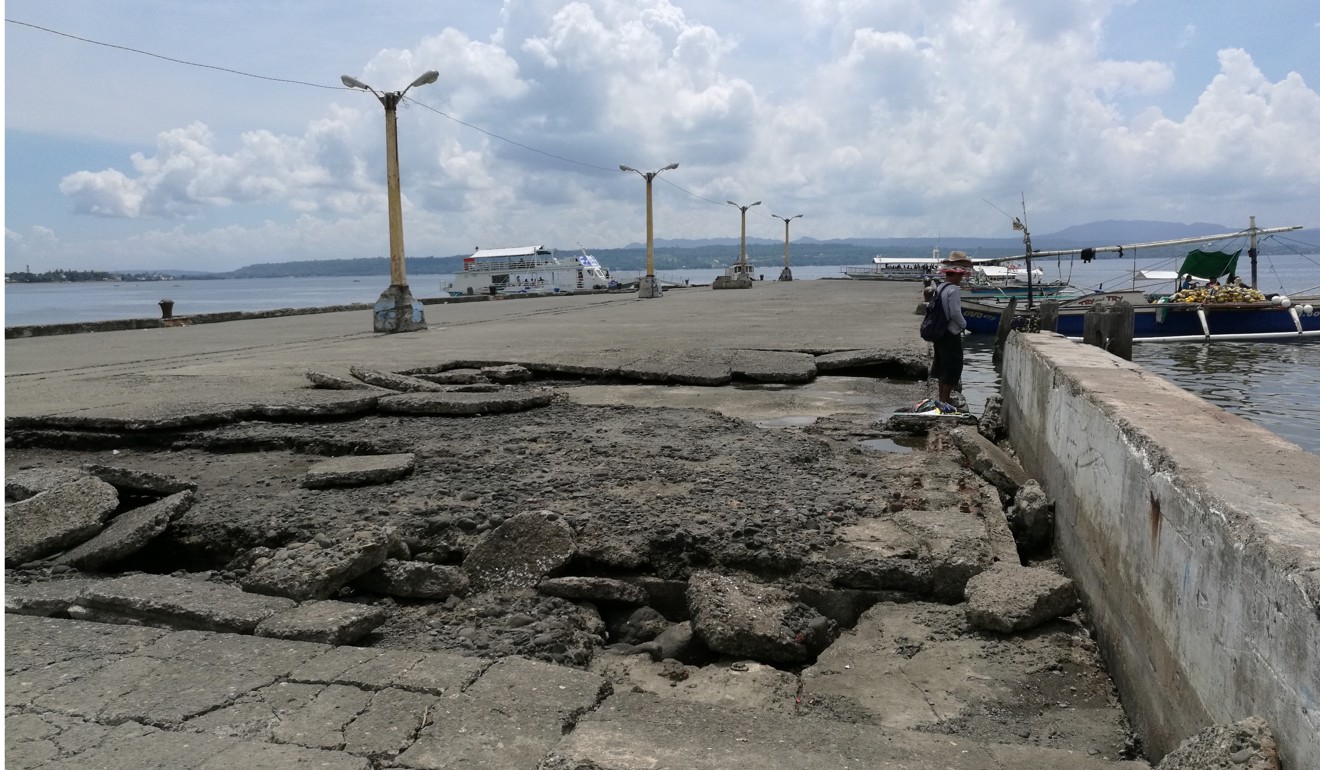
Davao’s infrastructure is old and in bad repair. The roads leading to Santa Ana Wharf are potholed and crumbling and drifts of rubbish float on the sea near Santa Ana Pier. Poor children who live in wooden stilt houses, vulnerable to storms and fires, play in the polluted water or fly kites that made from plastic bags.
Locals say improving the road network and creating job opportunities were urgent tasks for Duterte, regardless of which country the investment came from.
“The president needs to better the ageing infrastructure in the Philippines, since it’s too old,” said Rye Magonmang, 23, who works at a travel agency in Davao founded by a Chinese businessman.
Her home town, Lanao del Sur is about 260km from Davao by road but the journey takes eight hours in a van.
“I’m glad that China is helping to build a modern Davao. It will bring more job opportunities, and I might work for a foreign company without going abroad in the future,” Magonmang said.
In addition to the Davao Coastline and Port Development Project, China has also expressed interest to other projects in Davao, including the 24.5 billion peso (US$490 million), 23.3km Davao City Expressway, the 31.3 billion peso Mindanao Railway, and the 40.57 billion peso redevelopment of Davao Airport.
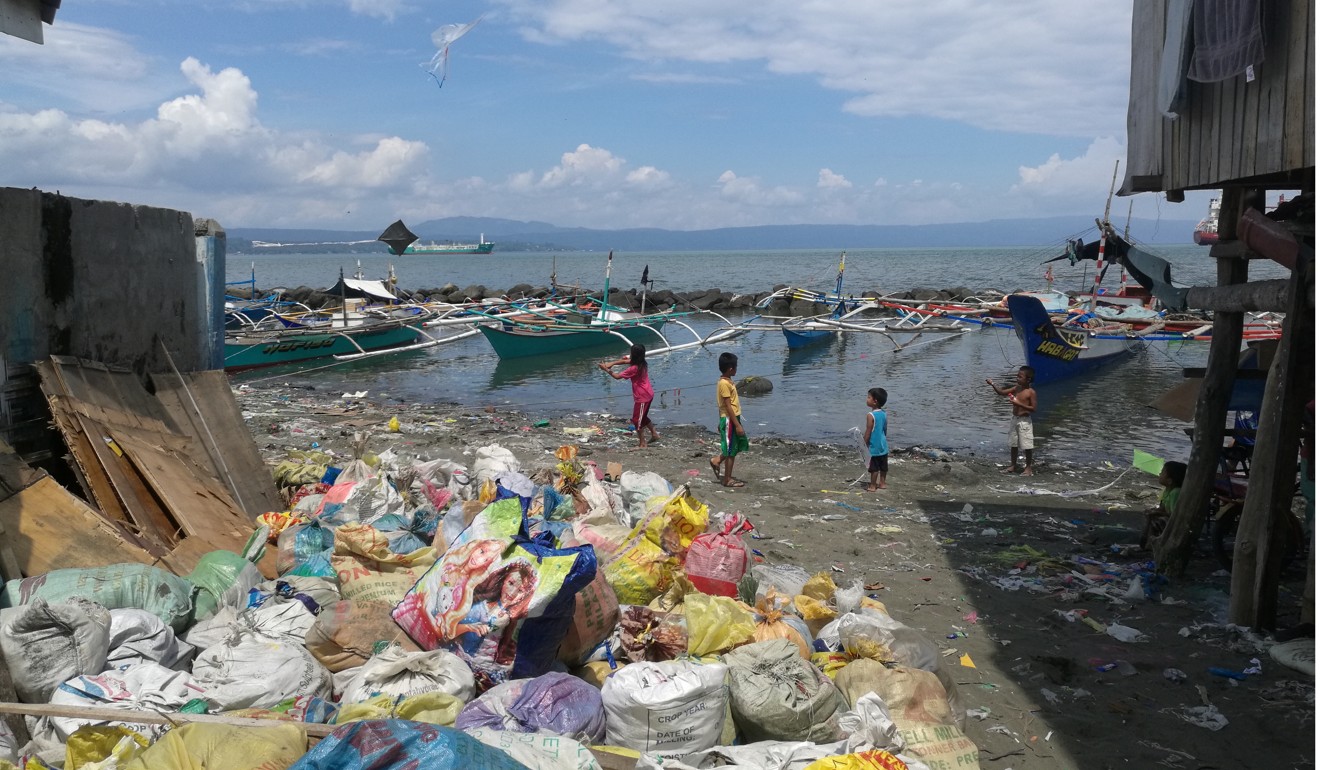
“I think the Chinese government is really interested in projects especially in Davao. I hope China can help with Davao airport,” said Franklin Anota, a Davao International Airport official, adding that the airport was only half finished in 2003 and was struggling to handle growing traffic.
Alberto Encomienda, a retired Philippine diplomat who served as the country’s ambassador to Greece, Malaysia and Singapore, said China was poised to gain economic influence worldwide through its overseas trade and infrastructure projects, which were the key part of the belt and road strategy.
“In the past China was very famous for its silk road. China will establish and win influence, as it did centuries ago, by promoting trade,” he said.
But even though the Duterte administration has adopted a conciliatory approach towards China and local residents support more infrastructure projects, officials caution against expecting quick delivery of the projects.
Acting foreign minister Enrique Manalo told the South China Morning Post that many of the projects were only agreed to towards the end of last year and it would take time to get the work under way, hinting at difficulties ahead.

Meanwhile, Chinese businessmen in Davao are sceptical about how long the strong momentum for bilateral business ties can last.
“Only business on a smaller scale can make profits under the current situation. All big projects need some time to start,” said Lin Junfeng, a Chinese coconut merchant in Davao.
“Those big infrastructure projects might be affected or face a reshuffle when the president steps down.”
George Siy, chairman emeritus of the Association of Young Filipino-Chinese Entrepreneurs, said the Chinese projects in Davao could win approval more easily because it was Duterte’s home town, but projects in other cities might be subject to more scrutiny.
Initial screening and the approval process marked only the start of such projects, he said, and they were likely to face hurdles in acquiring land.
“There are so many personal rights in the Philippines and it is difficult to get land,” Siy said. “So after companies and the government sign the contract, maybe seven or eight years pass and you still don’t have a way to get land.
“The government could try to buy the land and they can by law to take over the land. If there are so many people complaining, the government could even leave it to the courts, which takes a very, very long time to solve.”
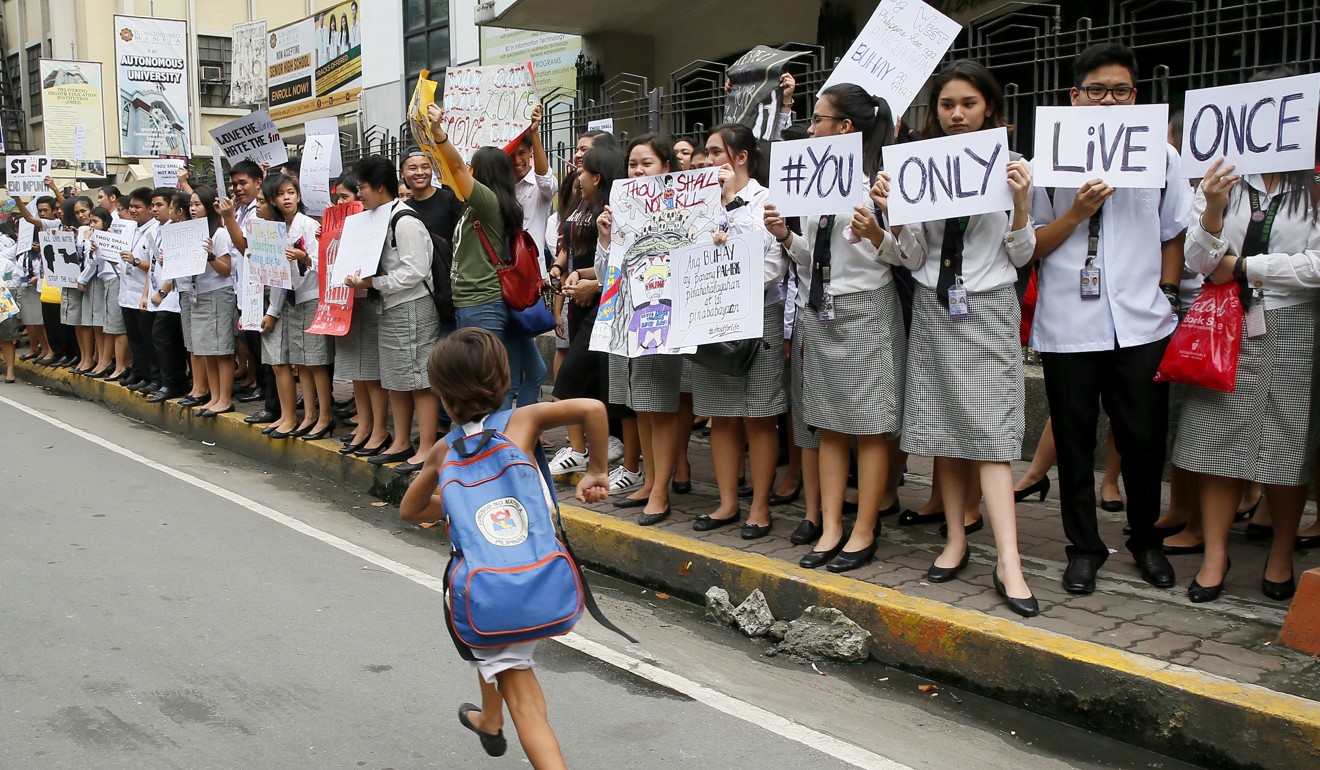
Francis Chua, a former Philippine special trade and investment envoy to China, agreed with Siy.
“When Chinese companies join the bidding, they only bid for the project,” he said. “The resettlement is left to be handled by the Philippines government. In case the Philippine government can’t do it, are the Chinese companies prepared?”
“It is a question everyone has to think about if they want to undertake infrastructure projects in the Philippines.”
Acquiring land for development projects has long been a problem in the Philippines, with projects such as the North Luzon Expressway incurring high resettlement costs.
Experts said incoherent city planning triggered the need for redevelopment projects but was another obstacle faced by foreign investors.
“Even if they say they will build a railway they’re not clear what type of building the landscape will allow,” Siy said. “So there are discussions ... on which type of bid it will be, solicited or unsolicited, closed or open.”
Observers also warned Chinese companies they should learn from experience and avoid becoming embroiled in corruption scandals.

Chinese telecommunications giant ZTE was alleged to have paid tens of millions of US dollars in kickbacks in connection with a 2007 broadband network contract that led to graft charges being levelled against then Philippine president Gloria Macapagal-Arroyo, her husband and two senior officials. All have denied any wrongdoing.
“Chinese companies must not find short-cuts by bribing Philippine officials. They have to respect Philippine laws and regulations,” said Teresita Ang See, the founder of a Chinese Filipino organisation that promotes the integration of ethnic Chinese into mainstream Philippine society.
Ang See called on China to fully grasp the positive momentum in bilateral relations and refrain from actions that would put the trend at risk, such as threatening Philippine fishermen.
“China should avoid creating trouble for Duterte ... and fully utilise the opportunities now to maintain more communication and exchanges,” she said.
Baviera said the Chinese government needed to better explain the objectives of the belt and road strategy.
“It’s a very ambitious programme. But some countries in Southeast Asia, while they value good bilateral relations with China and value Chinese investment and assistance, have not shown very open support to the concept,” she said.